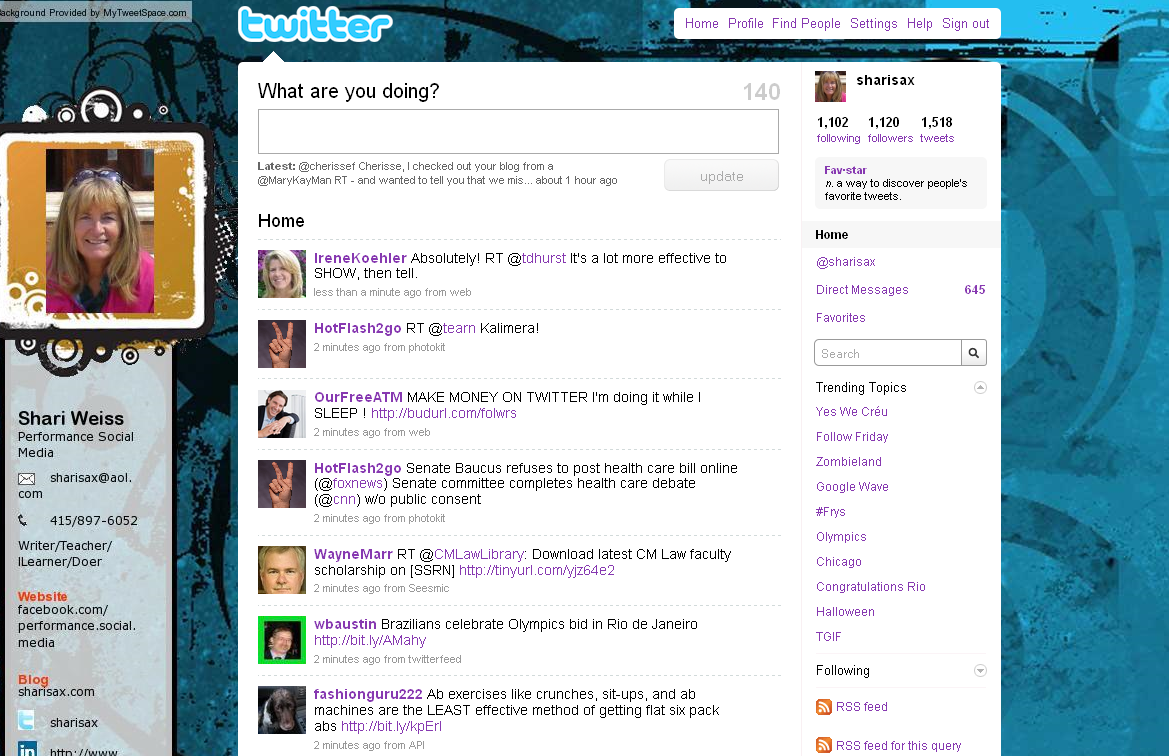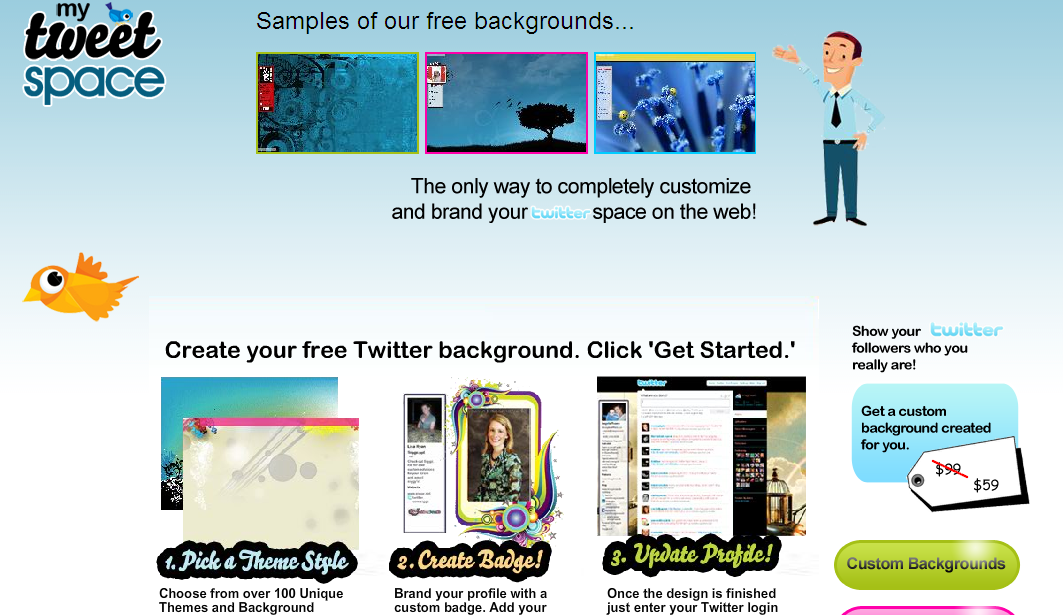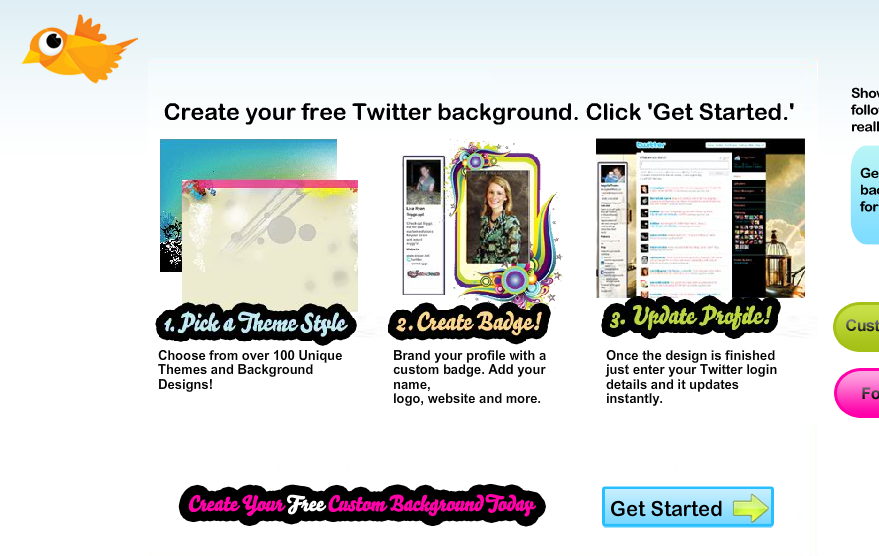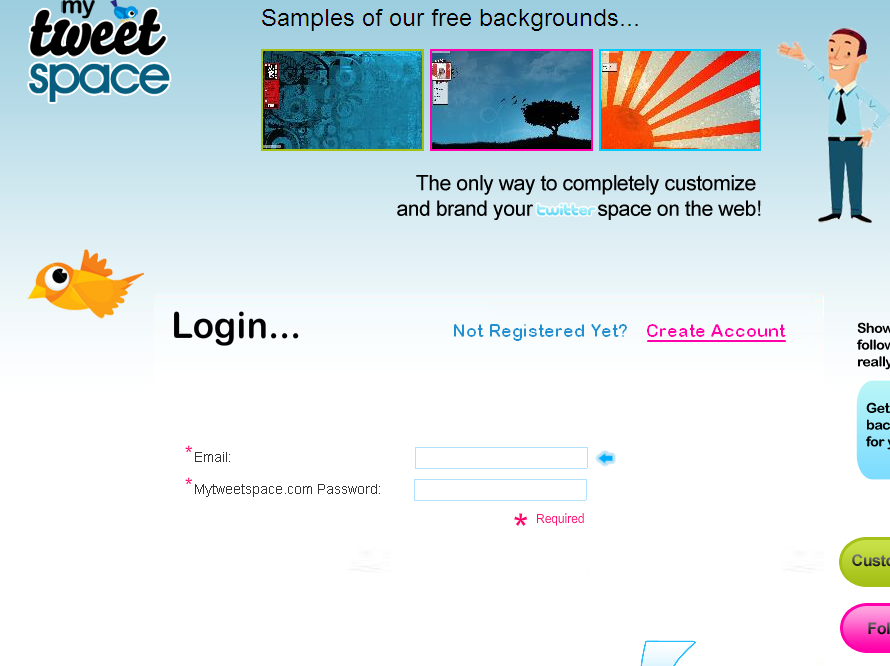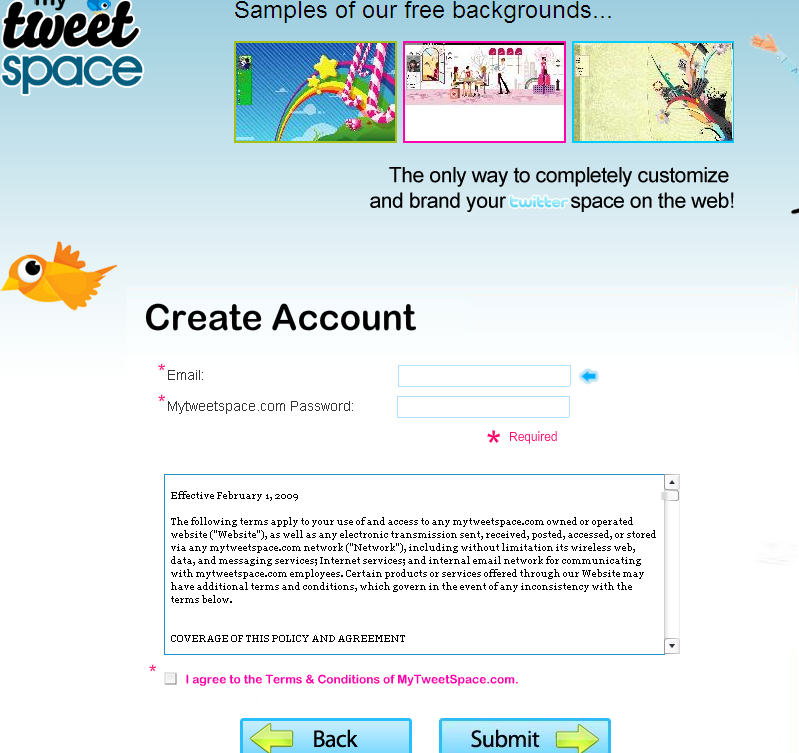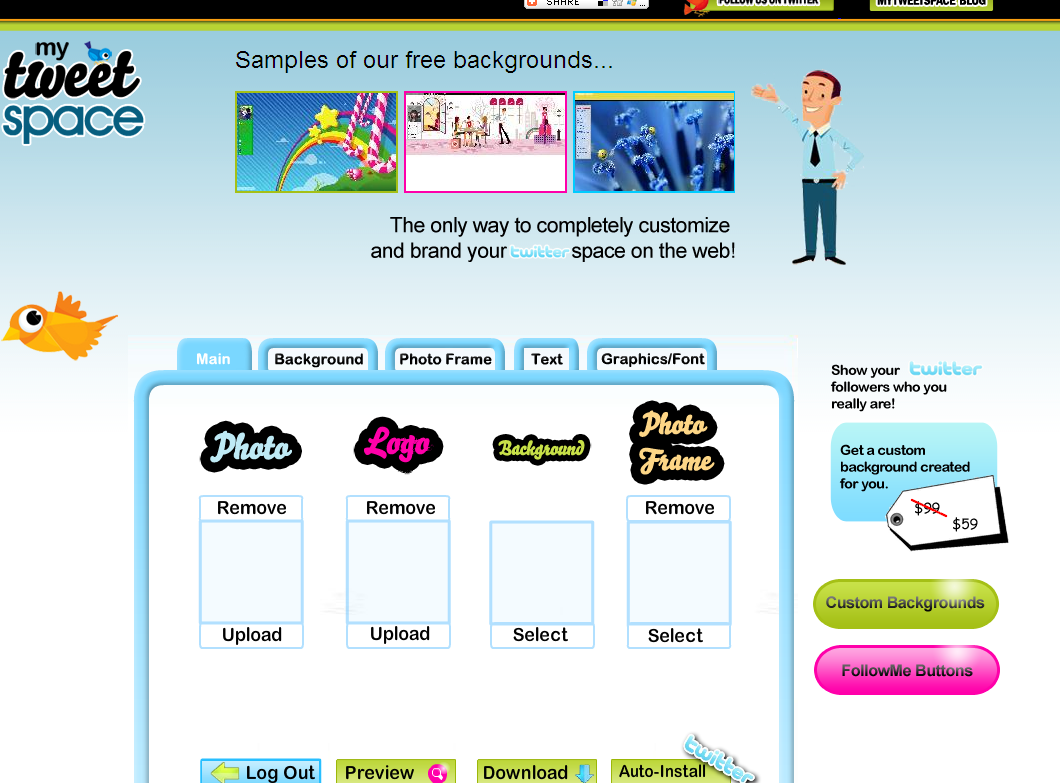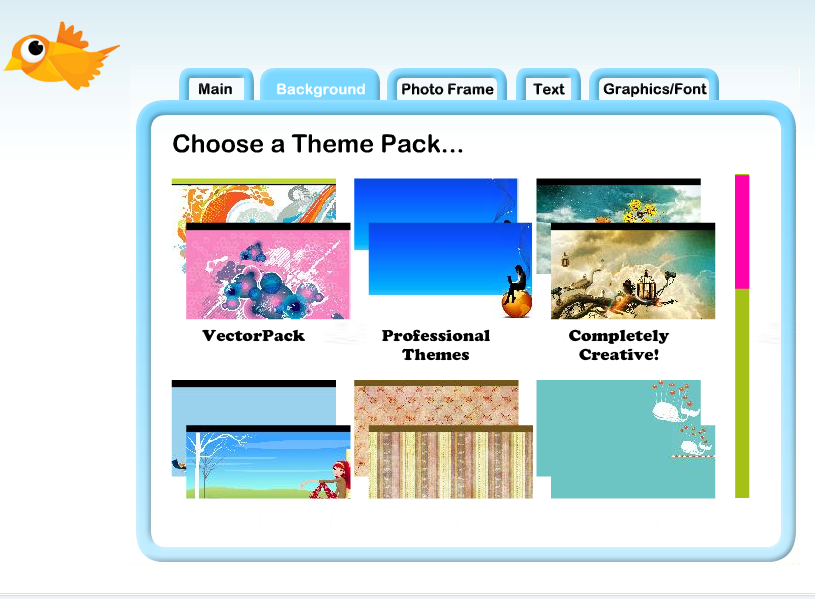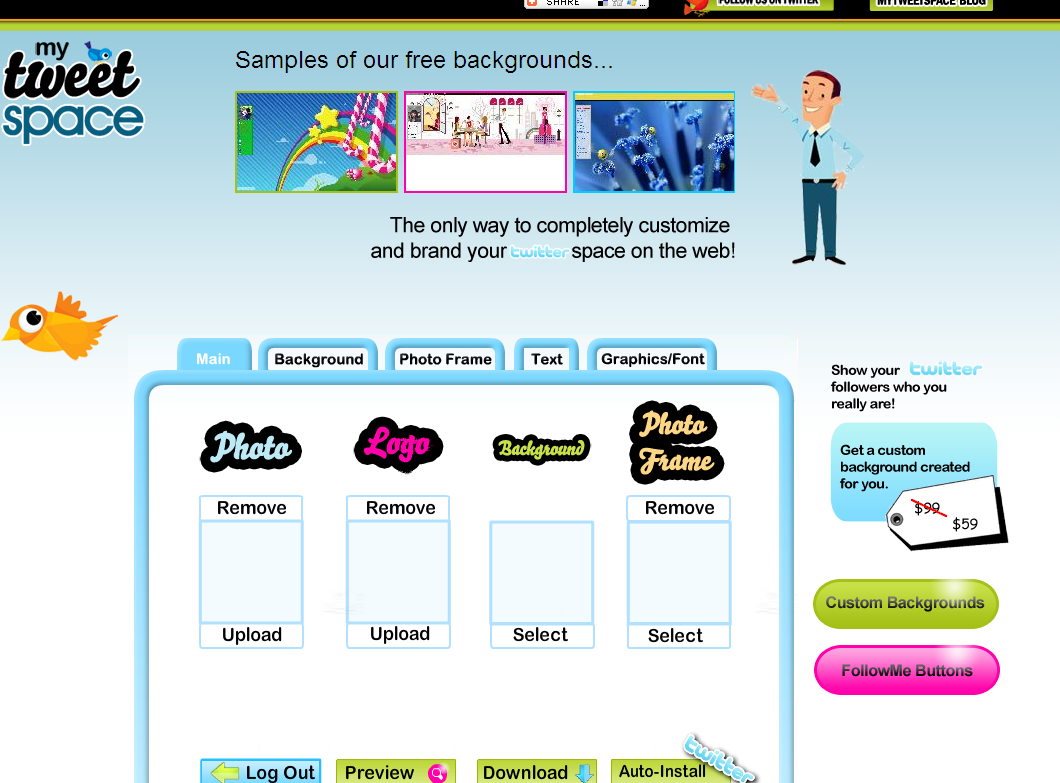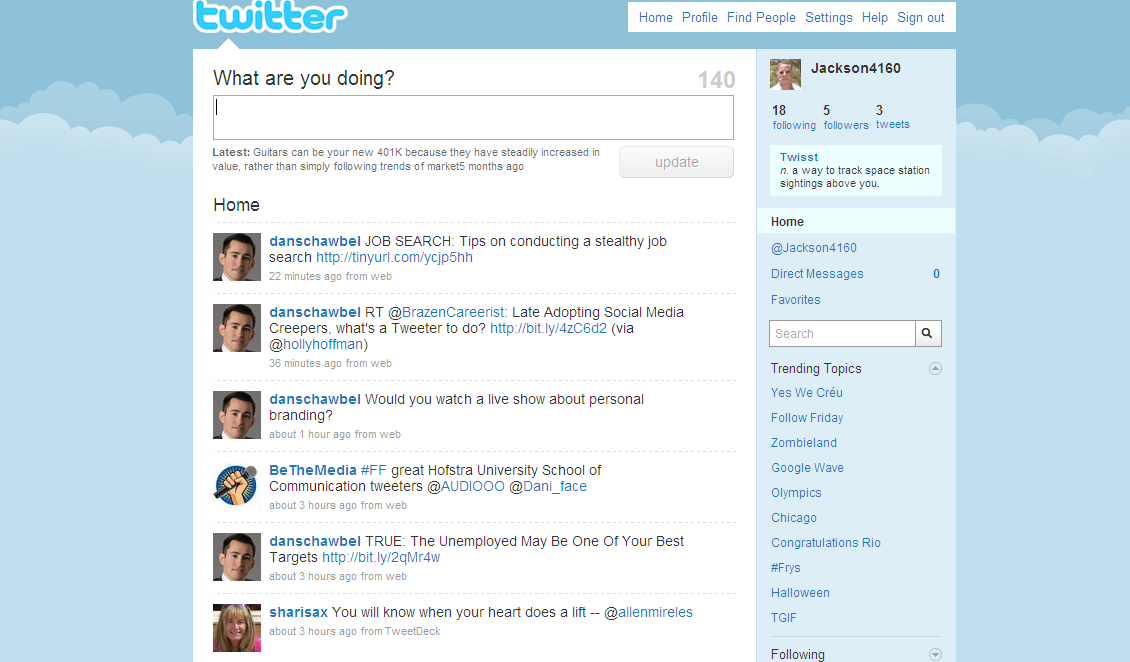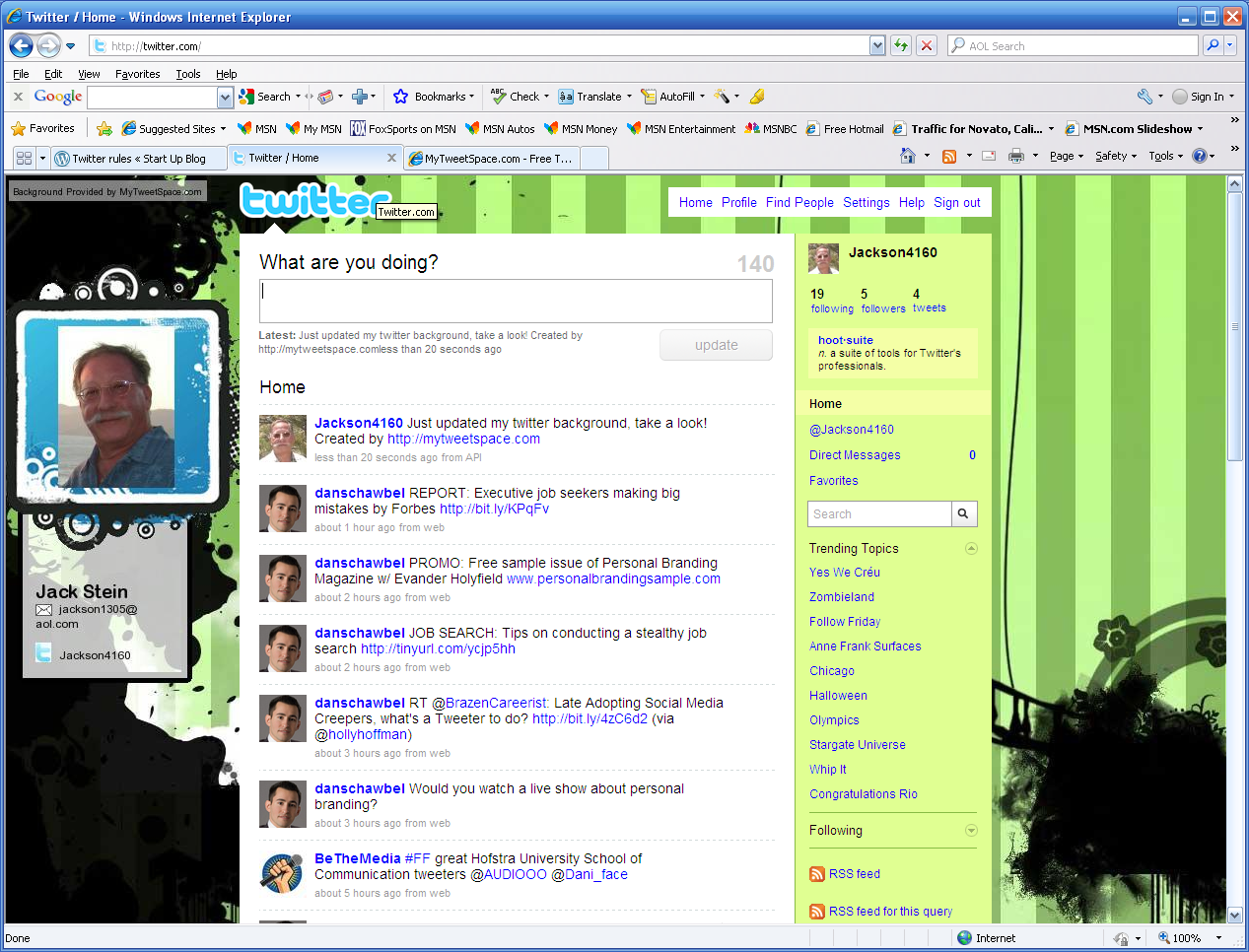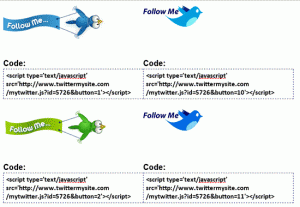 Feeling left out because everyone’s buzzing about Twitter Lists . . . and you’re not?
Feeling left out because everyone’s buzzing about Twitter Lists . . . and you’re not?
Reminds me of how one of my good friends has had two dinner parties at her home in the last few weeks, and I wasn’t invited to either. But she did ask me for this weekend, so maybe there’s hope for all of us.
Fresh from a 30-minute webinar on Twitter Lists by Hubspot, I have decided to weigh in with my own . . .
List on Twitter Lists:
1. First off, Twitter Lists is a brand new social media/Twitter feature, so by the time we learn all there is to know, many aspects will change. And that’s OK. Really. Getting your feet wet in the evolving new technology makes it so much easier to capitalize on the opportunities you will find along the way — this is ESPECIALLY TRUE for businesses who’ve feared jumping onto the social media bandwagon.
a. COROLLARY: That means that the rest of this “List” may — or may not — be useful tomorrow/next week/next month . . .
2. Twitter is like a fire hydrant, according to the webinar, so Twitter Lists are like hoses, according to me.
b. COROLLARY: You can focus your Twitter streams and increase your Reach.
3. Webinar’s HOW-TO: (a) Follow the Lists of people you respect; (b) Create some of your own by going to your Follower list; and (c) Promote your lists via widget, FB, FF, and Twitter itself.
c. COROLLARY: Check out more lists on Listorious and add yours to this directory
4. Instead of number of Twitter Followers to measure your popularity, the new gauge will be how many Lists you are on.
d. COROLLARY: Using either of these analytics is “interesting” — to use the term many English teachers write when we can’t think of something positive to say about a student’s paper/thesis.
5. You can not [now] SPAM the people on a Twitter List
e. COROLLARY: A critical component to Success with Social Media Marketing [SMM} is to personalize relationships and service. Automatic anything is so un-SMM.
6. Teachers can make Twitter Lists for individual courses for in-class or homework discussions
f. I won’t have to use TweetChat which was giving us some trouble when students replied directly to other students, e.g., these discussions sometimes did not appear in the stream.
Posts re: Twitter Lists from the blogosphere:
7. Four clever uses for lists: includes creating mini-communities where every listee follows the list and uses hashtags for discussions.
8. 10 ways you can use Twitter Lists: includes making lists to keep tabs on your industry and your employees.
9. Twitter lists and real-time journalism: Pete Cashmere says we can use our friends as filters:
“For those cast adrift in a sea of content, good news: A “curation” economy is beginning to take shape, tweet by tweet, list by list.”
10. Robert Scoble:
“Twitter Lists are for people crazy about tech news. Techmeme is for lazy people who want all their news in 10 minutes? Heheh. Very fun!” in response to a comment on his post “Techmeme vs Twitter Lists“
— BTW, Scoble is the ONLY “listee” on Steve Rubel’s “List/faves”
Time to “get off the couch” and start LISTING — or at least reading about them. It really is “All about the Buzz”
If you enjoyed this article, please consider leaving a comment or sharing it with your followers on Twitter! You can also subscribe by email for more cool interviews and articles from Sharisax is Out There.
Enter your email address:
Delivered by FeedBurner

 Let’s continue chatting about some of the tips from
Let’s continue chatting about some of the tips from  Coming back from vacation is Hard Work, but if that “work” is “play,” then it can be a lot of fun —
Coming back from vacation is Hard Work, but if that “work” is “play,” then it can be a lot of fun — 











